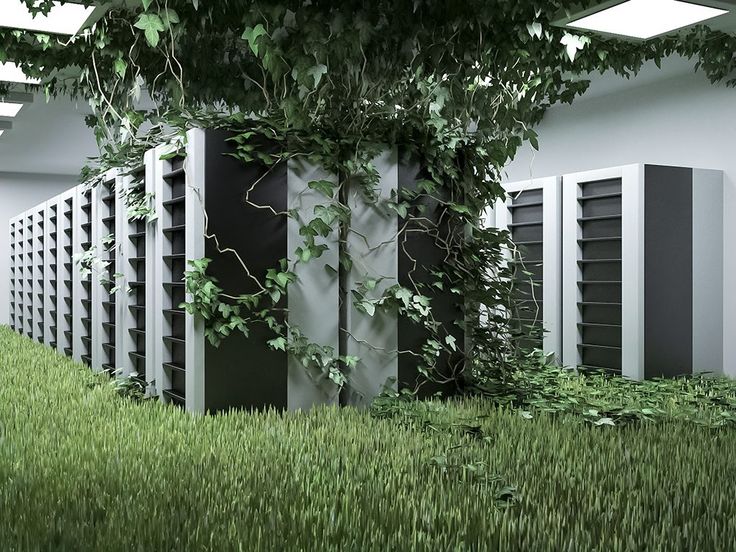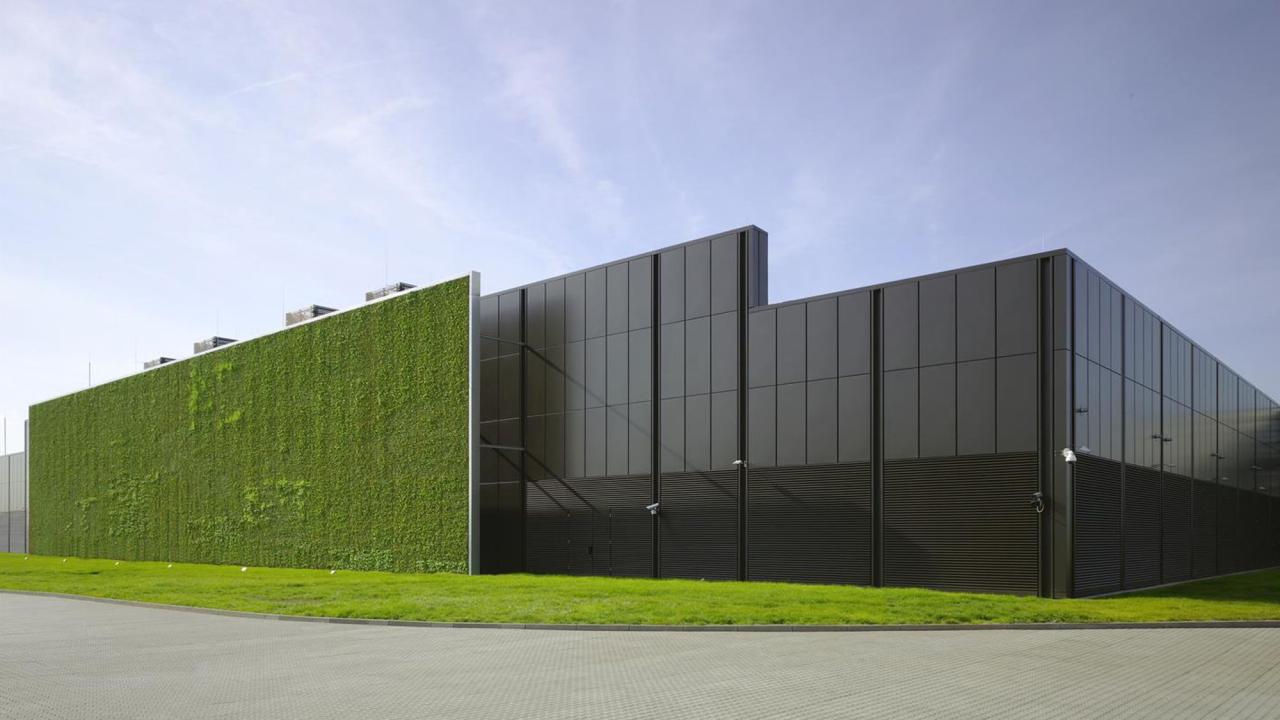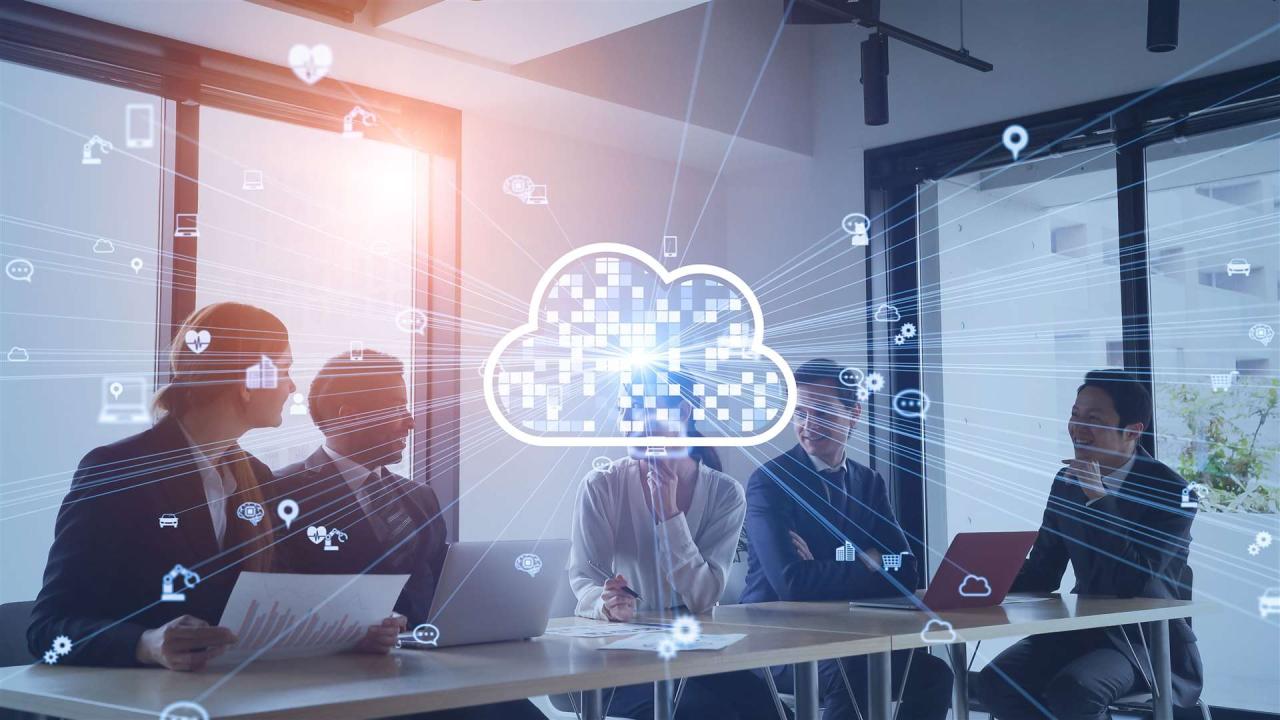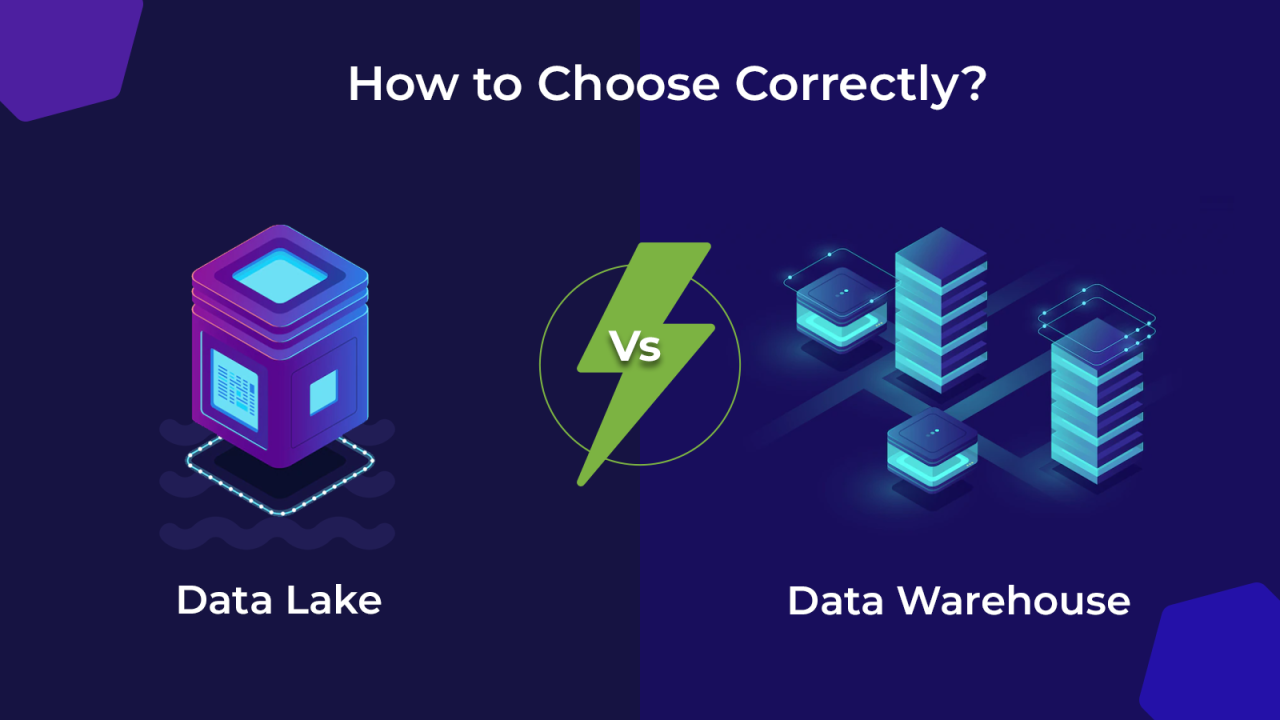In the relentlessly expanding digital economy, data centers stand as the silent, powerful engines driving virtually every aspect of our connected world. From streaming our favorite shows to powering artificial intelligence, facilitating global finance, and enabling remote work, these colossal infrastructures are the backbone of modern society. However, their voracious appetite for energy and resources has long posed a significant challenge. The imperative for sustainable growth in data centers is no longer a niche concern but a critical global priority. This isn’t just about reducing a carbon footprint; it’s about fundamentally redesigning, building, and operating these digital powerhouses to be environmentally responsible, resource-efficient, and economically viable long into the future, ensuring truly sustainable growth.
The Digital Backbone: Understanding Data Centers’ Critical Role
To fully grasp the urgency and complexity of achieving sustainable growth, it’s essential to first appreciate the indispensable role data centers play in our daily lives and the global economy.
A. The Unseen Engine of the Digital Age
Data centers are not merely large server rooms; they are highly sophisticated facilities housing thousands, even millions, of interconnected computer servers, data storage devices, and networking equipment. They are designed for continuous, high-volume operations, processing, and storing vast amounts of data.
- Powering the Internet: Every website, every email sent, every video streamed, and every online transaction passes through or is stored in a data center. They are the physical manifestation of the cloud.
- Enabling Cloud Computing: Data centers are the physical infrastructure that underpins cloud services (IaaS, PaaS, SaaS), allowing businesses to access computing resources on demand without owning their own hardware.
- Fueling AI and Big Data: The immense computational power required for training complex AI models, processing big data analytics, and running machine learning algorithms is almost exclusively provided by data centers.
- Supporting Global Commerce: Financial transactions, e-commerce platforms, supply chain logistics, and virtually all modern business operations rely on the continuous availability and performance of data centers.
- Facilitating Modern Lifestyles: From social media and online gaming to telehealth and remote education, data centers enable the digital lifestyle that billions of people worldwide now take for granted.
B. The Environmental Footprint: A Growing Concern
The immense capabilities of data centers come with a substantial environmental cost, traditionally characterized by heavy energy and resource consumption.
- Energy Intensity: Data centers are notoriously energy-intensive, consuming vast amounts of electricity to power servers, networking equipment, and, critically, their cooling systems. Their global electricity consumption is equivalent to that of entire countries, and it’s projected to continue growing.
- Carbon Emissions: A significant portion of this electricity is still generated from fossil fuels, leading to substantial carbon dioxide emissions and contributing to climate change.
- Water Consumption: Cooling systems, particularly evaporative cooling towers, can consume massive quantities of water, putting a strain on local water resources, especially in arid regions.
- Hardware Waste (E-Waste): The rapid refresh cycles of IT equipment generate large volumes of electronic waste (e-waste), which contains hazardous materials and requires complex recycling processes.
- Land Use and Resource Extraction: Building and expanding data centers requires significant land area, and the manufacturing of equipment relies on the extraction of finite raw materials, sometimes involving environmentally damaging practices.
These environmental concerns, coupled with escalating energy costs, have made the pursuit of sustainability an urgent and non-negotiable imperative for the data center industry.
Core Pillars of Sustainable Data Center Growth
Achieving true sustainability in data centers requires a multi-faceted approach, encompassing design, energy sourcing, operational efficiency, and circular economy principles.
A. Energy Efficiency and Optimization
Reducing energy consumption is the most direct path to sustainability and often the largest cost saver.
- Power Usage Effectiveness (PUE) Optimization: PUE is a critical metric (total facility power / IT equipment power), with an ideal PUE of 1.0. Sustainable data centers strive for PUEs as close to 1.0 as possible by minimizing energy used by cooling, lighting, and power distribution losses.
- Advanced Cooling Technologies:
- Free Cooling: Utilizing outside air or water for cooling when ambient temperatures are low enough.
- Liquid Cooling: Immersing servers in dielectric fluids (liquid immersion cooling) or using cold plates directly on components (direct-to-chip liquid cooling). Liquid is far more efficient at heat transfer than air, reducing energy for fans and chillers.
- Hot/Cold Aisle Containment: Physically separating hot exhaust air from cold intake air to prevent mixing and improve cooling efficiency.
- Adaptive Cooling: Using AI and sensors to dynamically adjust cooling based on real-time heat loads within racks.
- High-Efficiency Hardware: Utilizing energy-efficient servers, storage devices, and networking equipment, including specialized low-power CPUs and solid-state drives (SSDs).
- Virtualization and Containerization: Running more workloads on fewer physical servers through virtualization (VMs) and containerization (e.g., Docker, Kubernetes), which improves server utilization and reduces idle power consumption.
- Power Management Software: Implementing intelligent software to monitor and manage power consumption at granular levels, turning off unused components or shifting workloads to optimize energy use.
B. Renewable Energy Sourcing
Transitioning to clean energy sources is paramount for reducing carbon emissions.
- Direct Purchase Agreements (DPAs): Data center operators directly purchasing renewable energy (solar, wind, hydro) from specific projects, often through long-term power purchase agreements (PPAs).
- On-site Renewable Generation: Installing solar panels or small wind turbines directly on data center premises to generate a portion of their own power.
- Green Tariffs: Sourcing renewable energy from utility providers through specific “green” energy programs.
- Carbon Offsetting (as a last resort): Investing in projects that reduce greenhouse gas emissions elsewhere to compensate for their own emissions, though direct renewable energy is preferred.
- Grid Decarbonization Collaboration: Partnering with energy providers and governments to accelerate the transition of entire power grids to renewable sources.
C. Water Conservation
Minimizing water usage, especially in water-stressed regions, is a growing priority.
- Alternative Cooling Methods: Shifting from evaporative cooling to closed-loop liquid cooling systems or air-cooling technologies that use minimal or no water.
- Water Recycling and Reuse: Implementing systems to capture and treat wastewater for reuse in cooling towers or other non-potable applications.
- Rainwater Harvesting: Collecting rainwater for use in cooling or other facility needs.
- Siting Considerations: Choosing locations for new data centers that are not in water-stressed regions or have abundant access to sustainable water sources.
D. Circular Economy Principles and Waste Reduction
Adopting circular economy models aims to minimize waste and maximize resource utilization throughout the data center lifecycle.
- Extended Lifespan of Hardware: Designing and maintaining hardware for longer operational lifespans to reduce the frequency of replacement and e-waste generation.
- Refurbishment and Reuse: Establishing programs for refurbishing and reusing IT equipment, either internally or by donating/selling to secondary markets.
- Advanced Recycling: Partnering with certified e-waste recyclers to ensure responsible disposal and recovery of valuable materials from end-of-life equipment, minimizing hazardous waste.
- Modular Design: Building data centers with modular components that can be easily upgraded, replaced, or repurposed, extending the lifespan of the physical infrastructure.
- Heat Reuse: Capturing waste heat generated by servers and repurposing it for heating nearby buildings, district heating systems, or even aquaculture projects.
E. Sustainable Siting and Construction
The location and construction methods of data centers are critical for their overall environmental impact.
- Renewable Energy Proximity: Siting data centers near abundant renewable energy sources (e.g., hydro dams, wind farms) to minimize transmission losses and facilitate direct green energy sourcing.
- Climate-Optimized Locations: Choosing locations with naturally cool climates to leverage free cooling and reduce the energy needed for chillers.
- Sustainable Building Materials: Using recycled, locally sourced, and low-carbon footprint materials for data center construction.
- Minimizing Land Impact: Optimizing facility design to minimize land disturbance and preserve local ecosystems.
Transformative Advantages of Sustainable Data Centers
Investing in and designing for sustainable data center growth yields a multitude of benefits that extend far beyond environmental stewardship, impacting profitability, resilience, and public perception.
A. Significant Cost Savings
While initial investments might be higher, sustainable data centers lead to substantial long-term cost reductions.
- Reduced Energy Bills: Lower PUE ratings and reliance on free cooling significantly cut electricity consumption, which is often the largest operational expense for data centers.
- Lower Water Consumption: Efficient cooling systems and water recycling reduce utility bills for water.
- Extended Hardware Lifespan: Better cooling and operational practices can extend the life of IT equipment, delaying costly hardware refreshes.
- Carbon Credit Opportunities: In some regions, achieving low carbon footprints or generating renewable energy can qualify data centers for carbon credits or other financial incentives.
B. Enhanced Reliability and Uptime
Energy-efficient designs often lead to more reliable operations.
- Optimized Cooling Prevents Overheating: Efficient cooling systems prevent hot spots and component failures, leading to higher equipment reliability and reduced downtime.
- Renewable Energy Stability: Integration with diversified renewable energy sources can improve power grid stability for the data center, reducing reliance on potentially unreliable conventional grids.
- Predictive Maintenance: Monitoring systems used for efficiency also enable predictive maintenance for cooling and power infrastructure, allowing issues to be addressed before they cause outages.
C. Stronger Brand Reputation and Competitive Advantage
Commitment to sustainability is increasingly a differentiator in the market.
- Attracting Environmentally Conscious Clients: Businesses, especially large enterprises with their own sustainability goals, prioritize data center providers that can demonstrate strong green credentials. This attracts new clients and strengthens existing relationships.
- Improved Public Perception: A strong commitment to environmental responsibility enhances a company’s brand image, appealing to environmentally conscious consumers and investors.
- Talent Attraction and Retention: Employees, particularly younger generations, are increasingly seeking to work for companies with strong environmental, social, and governance (ESG) values. Sustainable data centers can help attract and retain top talent.
D. Compliance and Regulatory Advantages
As environmental regulations become stricter globally, sustainable data centers are better positioned for compliance.
- Meeting ESG Targets: Helps companies meet their own corporate Environmental, Social, and Governance (ESG) targets and reporting requirements, which are increasingly important for investors.
- Future-Proofing: Designing with sustainability in mind helps data centers comply with evolving environmental regulations and carbon pricing schemes, avoiding future penalties and costly retrofits.
- Access to Green Financing: Financial institutions are increasingly offering “green bonds” or favorable loans for sustainable projects, providing access to capital for data center development.
E. Resource Security and Resilience
Reducing reliance on finite resources and diversifying energy sources enhances long-term operational security.
- Reduced Water Stress: Minimizing water consumption lessens vulnerability to regional water shortages and associated operational risks.
- Energy Independence: Greater reliance on on-site or directly sourced renewable energy reduces exposure to volatile fossil fuel prices and supply chain disruptions.
- Waste Stream Reduction: Less e-waste and general waste simplify logistics and reduce environmental liabilities.
Challenges and Considerations in Driving Sustainable Data Center Growth
While the benefits are compelling, the journey towards truly sustainable data center growth is complex and fraught with significant technical, economic, and regulatory challenges.
A. High Initial Capital Investment
The upfront costs associated with implementing advanced cooling technologies (like liquid immersion), installing renewable energy infrastructure (solar farms, wind turbines), and adopting circular economy practices can be substantially higher than traditional data center builds. Justifying this high initial capital investment and demonstrating a rapid ROI can be a significant hurdle for many operators and investors.
B. Energy Grid Limitations and Renewable Integration
Not all geographical locations have immediate access to abundant, affordable renewable energy sources. Integrating large-scale renewable energy into existing power grids can also be complex, requiring grid modernization, energy storage solutions, and favorable regulatory frameworks. Intermittency of solar and wind power necessitates reliable backup solutions or robust grid connections.
C. Technology Maturity and Standardization
While many sustainable technologies exist, some, like large-scale liquid immersion cooling or advanced heat reuse systems, are still maturing or lack widespread standardization. This can lead to higher risks, less predictable performance, and limited vendor options, making adoption challenging for mainstream data center operators. The interoperability between different green technologies also needs to improve.
D. Data Center Location Constraints
Optimal locations for sustainable data centers (e.g., cool climates for free cooling, proximity to renewable energy sources, access to reliable water, fiber connectivity) are finite. Competition for these prime spots can drive up land costs and face local opposition. Balancing these environmental factors with business needs like proximity to customers (for low latency) and skilled labor can be a complex trade-off.
E. Legacy Infrastructure and Retrofitting Complexity
Many existing data centers were built decades ago with little consideration for sustainability. Retrofitting legacy infrastructure with modern, energy-efficient cooling, power systems, or renewable energy solutions can be incredibly costly, complex, and disruptive to ongoing operations. This often forces a choice between expensive upgrades or building new, greenfield facilities.
F. Circular Economy Implementation Challenges
Achieving a true circular economy for IT hardware faces significant hurdles.
- Proprietary Designs: Many IT components are designed for short lifespans and are not easily repairable, upgradable, or disassembled for material recovery due to proprietary designs and lack of modularity.
- Complex Recycling: Recycling complex electronics (e-waste) is technically challenging and often requires specialized and costly processes to extract valuable materials and safely dispose of hazardous substances.
- Supply Chain Transparency: Tracking the full lifecycle of components from raw material extraction to end-of-life disposal requires greater supply chain transparency and collaboration across multiple vendors and geographies.
G. Policy and Regulatory Fragmentation
The global nature of data centers often outpaces the pace of consistent policy and regulation. Varying local, national, and international environmental regulations, carbon pricing mechanisms, and sustainability reporting requirements can create regulatory fragmentation and compliance complexities for global operators. Lack of unified incentives for sustainable practices can also slow adoption.
H. Measuring and Reporting Sustainability Accurately
Accurately measuring, verifying, and reporting the true sustainability impact of data centers is complex. While PUE is a common metric, it doesn’t capture all aspects of environmental impact (e.g., water usage, carbon intensity of electricity). Developing standardized, comprehensive, and transparent reporting frameworks that account for the full lifecycle impact is an ongoing challenge to prevent ‘greenwashing’ and ensure genuine progress.
The Future Trajectory of Sustainable Data Center Growth
The trajectory for data centers is one of increasing sophistication, deeper integration with smart grids, and an even more pronounced commitment to environmental and social responsibility.
A. Net-Zero and Carbon-Negative Data Centers
The ultimate goal for many will be not just carbon neutrality but net-zero or even carbon-negative operations.
- 100% Renewable Energy: All major cloud providers and hyperscalers are targeting 100% renewable energy by specific dates, driving massive investments in clean energy projects globally.
- Direct Air Capture Integration: Future data centers might integrate technologies that directly capture carbon dioxide from the atmosphere, making them carbon-negative.
- Advanced Heat Reuse: More widespread and sophisticated systems for repurposing waste heat from data centers to heat residential buildings, greenhouses, or even industrial processes, achieving a circular energy model.
B. Hyper-Efficient Liquid Cooling Technologies
Liquid cooling, currently a niche, will become mainstream for high-density computing.
- Direct-to-Chip Liquid Cooling: More prevalent use of cold plates directly on CPUs and GPUs, significantly improving cooling efficiency for high-performance computing (HPC) and AI workloads.
- Full Immersion Cooling: Entire server racks submerged in non-conductive dielectric fluids will become more common, offering extreme energy efficiency, reduced water usage, and lower noise levels.
- Standardization of Liquid Cooling: Industry standards for liquid cooling components and interfaces will emerge, driving down costs and accelerating adoption.
C. AI-Driven Sustainable Operations
Artificial Intelligence will play an even more critical role in optimizing data center sustainability.
- Predictive Optimization: AI will predict energy demand, cooling needs, and maintenance requirements with remarkable accuracy, allowing systems to dynamically adjust for maximum efficiency and minimum waste.
- Resource Allocation: AI will optimize workload placement across geographically distributed data centers based on real-time energy prices, renewable energy availability, and carbon intensity of the local grid.
- Autonomous Operations: Data centers moving towards higher levels of autonomous management, where AI systems handle routine maintenance, resource allocation, and fault remediation to optimize performance and sustainability around the clock.
D. Enhanced Circular Economy and Resource Management
The focus on reducing e-waste and maximizing resource utilization will intensify.
- “Design for Sustainability”: Hardware manufacturers will increasingly design components for longevity, easy repair, modularity, and simplified recycling, moving away from planned obsolescence.
- Advanced Material Recovery: Breakthroughs in materials science and recycling technologies will enable more efficient and cost-effective recovery of rare earth metals and other valuable materials from e-waste.
- Blockchain for Supply Chain Transparency: Blockchain technology could provide immutable, transparent tracking of hardware components from origin to end-of-life, enabling better circular economy practices.
E. Integration with Smart Grids and Energy Storage
Data centers will become active participants in smart energy grids.
- Grid Services Providers: Data centers might offer grid balancing services, dynamically shifting or curtailing their power consumption in response to grid signals, helping integrate more intermittent renewable energy sources.
- On-site Energy Storage: Widespread deployment of large-scale battery storage (e.g., lithium-ion, solid-state) to store renewable energy generated on-site or purchased during off-peak hours, increasing energy resilience and reducing reliance on the grid at peak times.
- Hydrogen Fuel Cells: Long-term potential for hydrogen fuel cells to provide clean, on-demand power for data centers, reducing reliance on conventional generators.
F. Modular and Prefabricated Data Centers
The trend towards modular and prefabricated data center units will accelerate, driven by speed of deployment and sustainability goals.
- Reduced Construction Waste: Building data center modules in controlled factory environments significantly reduces construction waste compared to traditional on-site construction.
- Rapid Deployment: Accelerates the time to bring new capacity online, responding quickly to market demand.
- Easier Upgrades and Relocation: Modular design allows for easier replacement of outdated components or even relocation of entire modules, supporting a more flexible and sustainable infrastructure lifecycle.
Conclusion
Data centers, the indispensable engines of our digital age, are undergoing a profound transformation. The imperative for sustainable growth is no longer a peripheral concern but the central challenge and opportunity defining their future. By addressing their voracious appetite for energy and resources through relentless innovation in design, energy sourcing, operational efficiency, and circular economy principles, the industry is paving the way for a digital future that is both powerful and responsible.
From optimizing Power Usage Effectiveness and aggressively adopting renewable energy to embracing advanced liquid cooling and implementing circular economy practices, the path to sustainability is complex but yields immense benefits: substantial cost savings, enhanced reliability, a stronger brand reputation, and crucial compliance advantages. While significant hurdles remain—including high initial investment, grid limitations, and regulatory fragmentation—the future trajectory points towards net-zero or even carbon-negative facilities, driven by AI-powered operations, advanced materials, and deeper integration with smart grids. The journey of data centers towards sustainable growth is not just an environmental imperative; it is a strategic blueprint for their enduring viability and continued ability to fuel global digital progress, ensuring that the backbone of our digital world remains robust and responsible for generations to come.














